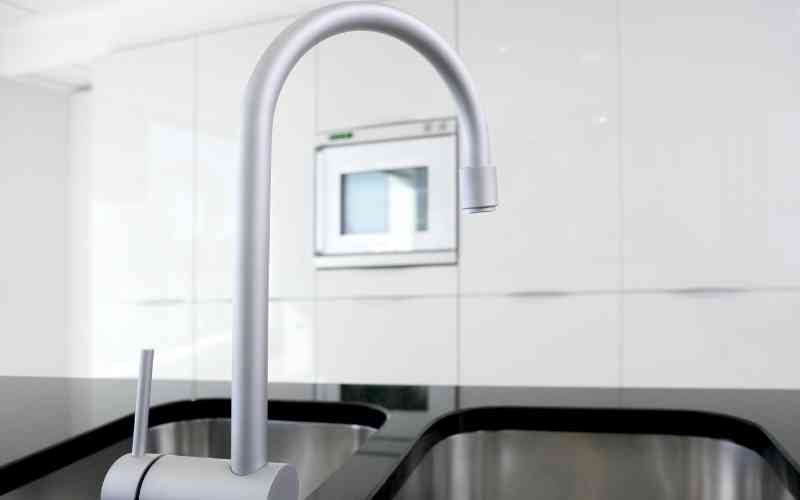Your kitchen faucet all of a sudden starts to wobble, you try to turn it on and off and you can’t seem to control the movement and this worries you.
So you ask what is wrong with the faucet and how best to fix your faucet.
Here in this guide, you shall learn how to stabilize the kitchen faucet. So hang on, you are about to fix that problem and have your faucet run well again!
Ready? Let’s get started!
Contents
Why is your kitchen faucet not stable?

You should first find out why your faucet is not stable, so you would be able to fix the problem without any hassle.
- It is possible that the faucet is no longer tight so you would have to tighten the nuts so that the faucet would be stable.
- If the nuts are worn out then chances is that after tightening them they would in no time lose again because they cannot fit properly.
- If you are fixing the faucet for the first time and it starts to wobble, then it could be that the hole found at the back of the cabinet is bigger than the faucet.
So, what do you do to stabilize your kitchen faucet?
Now that you know why your kitchen faucet is not stable you must check the faucet to be sure which the problem is and how to fix it.
Firstly you should visit the under sink with a torch only then would you be able to identify what you should do to fix the problem.
Read: How Long Do Kitchen Faucets Last?
How to stabilize kitchen faucet
If the problem is to tighten the faucet nut then let’s help you tighten the nuts
1. Make enough room under the sink
Your sink is known to have a whole lot of things occupying the space. So we advise you to clear underneath the sink if you have things under them; some of these sinks come with shelves so it is important to clear them if you intend not to encounter any issues.
This might be the perfect time to use the adjustable plier. So if you have any tub blocking your way to the nut ensure to unscrew them, you can always thread them back after your work.
2. It is important you position the faucet well
Make sure you are done accessing the placement of the nut; adjust the faucet to fit into its place appropriately. Then center it and ensure that it aligns well with the wall behind.
Ensure it is fit enough, and then gently secure the nut under the sink. At this point, you might need a hand, so if you feel you cannot tighten it alone; it is important that you have somebody holding the faucet steady as you tighten the nut.
Before reaching under the sink, check if it is dark down there. So take the torchlight with you. Use your hands to turn the nut, make it is tightly screwed.
3. It’s time to use the basin wrench
If you are done tightening with your hand and you fear it is loose. You should use a basin wrench to secure the nut properly.
Turn the handle clockwise to tighten the nut. The wrench would automatically tighten the nut.
Furthermore, you could use a screwdriver that is quite long and would permit you to stay farther away while tightening the nut.
Repeat the rotating until the faucet is positioned well and the nut is tight enough.
Be careful try not to over-tighten the nut. If it is plastic you might end up cracking it if you over tighten the nut.
You are done tightening the kitchen faucet nut.
Read: Kitchen faucet handle on the right or left?
What if the nut is worn out?
If the kitchen faucet nut is worn out, you would need to buy new nuts. It is important that you are choosy; you have to avoid unnecessary expenses. So ensure you buy from the same manufactures so you do not make any mistakes.
Get the nut and fix the faucet back to the sink the way it should. Scroll back to the earlier guide to know how you can tighten nut of the kitchen faucet.
What if the hole is too big for the faucet? In this case, you would have to call on certified plumbers to fix your faucet and make it firm.
Read: Pull Down Faucet problems
Conclusion
We have led you through how to stabilize kitchen faucet. Ensure you run some tests before you conclude you now have your faucet fixed.
If you had to travel down the sink to stabilize your kitchen faucet, then ensure you safely put back everything you have moved the way it should be.
It is important you tighten the faucet well so you don’t end up having leaks under the sink.
Good luck stabilizing your kitchen faucet!
